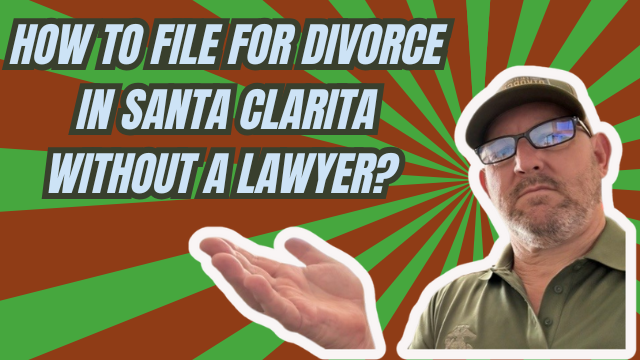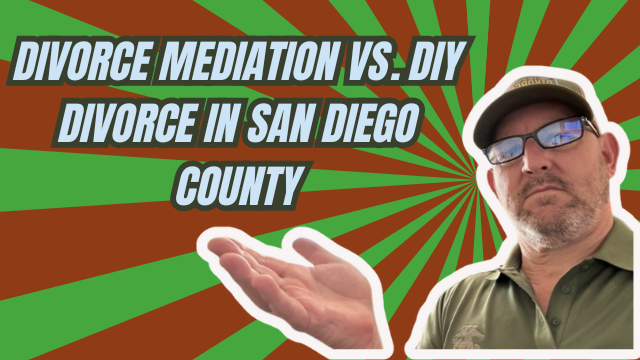Uncontested Divorce in Santa Clarita: How It Works
An uncontested divorce is the fastest, simplest way to end a marriage when both spouses agree on the important issues. From property division to parenting plans, when both parties reach an agreement, the process becomes straightforward, efficient, and far less stressful than a contested divorce that requires court battles and lengthy delays.
What Is an Uncontested Divorce?
An uncontested divorce means you and your spouse agree on all terms of the separation. That includes dividing assets and debts, deciding on spousal support if applicable, and creating a parenting plan for any children. Because there are no unresolved disputes, you do not need to appear in court—everything gets finalized through paperwork submitted to the court.
Why Choose an Uncontested Divorce?
- Speed: Agreements avoid court appearances and delays. Cases can be finalized in weeks instead of months.
- Lower cost: No protracted litigation means much lower legal fees and court costs.
- Less stress: A cooperative process reduces conflict, protects family relationships, and lets everyone move on sooner.
- Privacy: Details are handled through paperwork rather than public courtroom proceedings.
A Real Example: Finalized in Just Two Weeks
We recently assisted a Santa Clarita couple who finalized their divorce in just two weeks. Because they were in agreement from the start, our team prepared a complete, court-ready settlement and handled all filings electronically. The result was a seamless process with no court appearances and a fast final judgment.
How Our Process Works
We make uncontested divorces simple and worry-free. Here is what we do for you:
- We review your situation and confirm that an uncontested process is appropriate.
- We prepare all necessary forms and draft a full settlement agreement tailored to your needs.
- We ensure the agreement is court ready so there are no surprises or rejections by the clerk.
- We handle e-filing and all court paperwork so you do not need to appear in person.
- We guide you through the entire process from start to finish, ensuring accuracy and compliance with California law.
“Our team manages all forms and e-filing so you don’t have to worry.” That is our promise: a stress-free experience and a correctly handled divorce that allows you to move on with your life.
Who Is a Good Candidate for an Uncontested Divorce?
- Couples who can agree on dividing assets and debts.
- Parents who can create a parenting plan together or reach compromise on custody and support.
- Couples who want to avoid court, keep costs down, and finalize their divorce quickly.
Typical Timeline and Expectations
Every case is different, but when both parties are in agreement and paperwork is completed correctly, an uncontested divorce can be finalized in a matter of weeks. The key factors that affect timing are how quickly both parties provide necessary information and sign the agreement, and local court processing times.
What We Handle for You
- Full preparation of court forms and settlement agreements
- Review and revision of parenting plans and financial terms
- E-filing and coordination with the court
- Guidance on California divorce requirements and deadlines
Ready to Start?
If you are in Santa Clarita and ready for a fast, uncontested divorce, we can help. Visit divorce661.com for a free consultation. We provide flat-fee, full-service divorce solutions and can manage everything remotely so you can focus on your future.
“Take the first step towards a hassle-free separation today.”
Choose a smooth and efficient path forward. Let us handle the complexities so you can move on stress-free.










